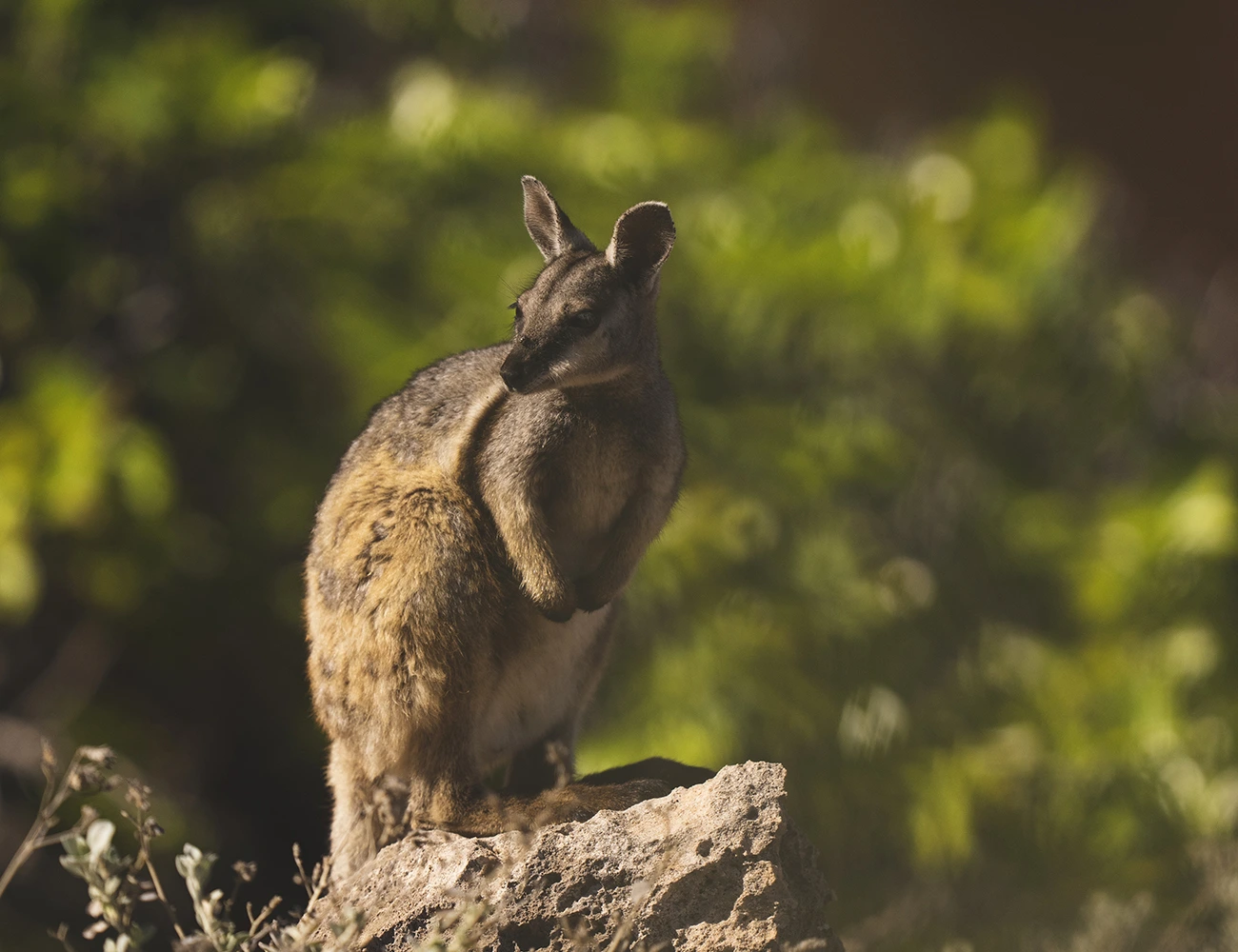A groundbreaking study estimates that preventing the extinction of 99 of Australia’s priority species would require an annual investment of $15.6 billion over the next 30 years.
Conducted by Griffith University’s Centre for Planetary Health and Food Security in collaboration with WWF-Australia and the University of Queensland, the research underscores the pressing need for greater financial support to address critical threats, including habitat destruction, invasive species, and climate change.
With more than 100 endemic species lost over the past three centuries, Australia faces one of the world’s most severe biodiversity crises. In response, the Australian Government has pledged to halt the decline of 110 priority species.
The study assessed the financial requirements for protecting 99 of these species. Lead researcher Dr. Michelle Ward emphasized that while $15.6 billion per year could help prevent the extinction of many at-risk species, certain species—particularly some frogs—may already be beyond recovery due to the escalating impacts of climate change.
“Species like the Mountain-top Nursery Frog and Swan Galaxias require urgent ex-situ conservation efforts,” Dr. Ward explained.
The research further estimated that reversing the decline of priority species and mitigating habitat loss, disease, and other threats would cost approximately $103.7 billion annually, while fully removing them from the threatened species list would demand an annual investment of $157.7 billion.
Dr. Romola Stewart, co-author and Head of Evaluation and Science at WWF-Australia, emphasized that the findings reveal the consequences of weak environmental policies and chronic underfunding.
“A lack of investment in conservation has fueled Australia’s growing list of threatened species,” she stated. “Reversing this decline will require bold action and substantial funding—something well within reach for a wealthy nation like Australia.”
She warned that failing to restore wildlife populations and protect natural habitats would have devastating consequences for both the economy and the environment, leading more species toward extinction.
Beyond species survival, the study highlights additional benefits of conservation funding, including positive effects on 43% of other threatened species and enhancements to ecosystem services vital for human well-being.
“The natural world is undergoing dramatic change,” Dr. Ward noted. “According to the World Economic Forum, biodiversity loss and ecosystem collapse are among the most significant global risks in the coming decade, with half of the global economy reliant on nature.
“While the Australian Government’s commitment is a step in the right direction, immediate action is critical.”
